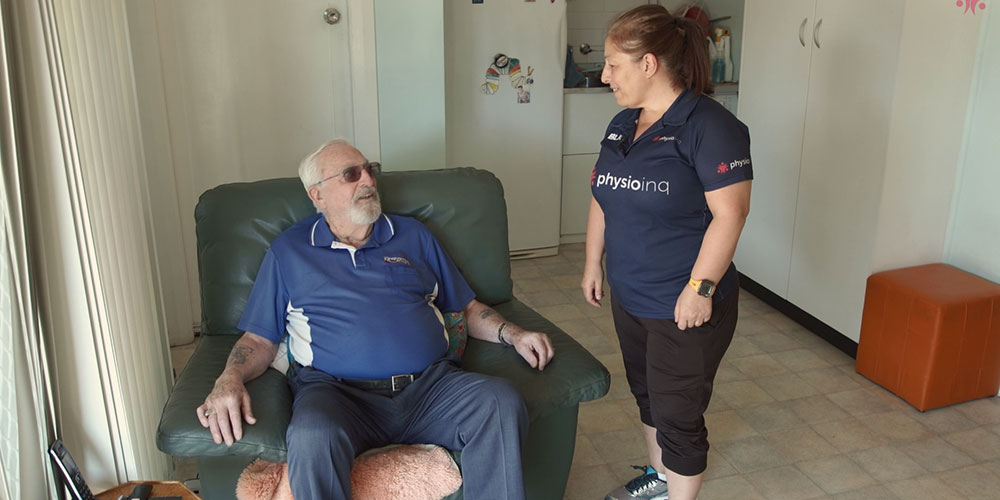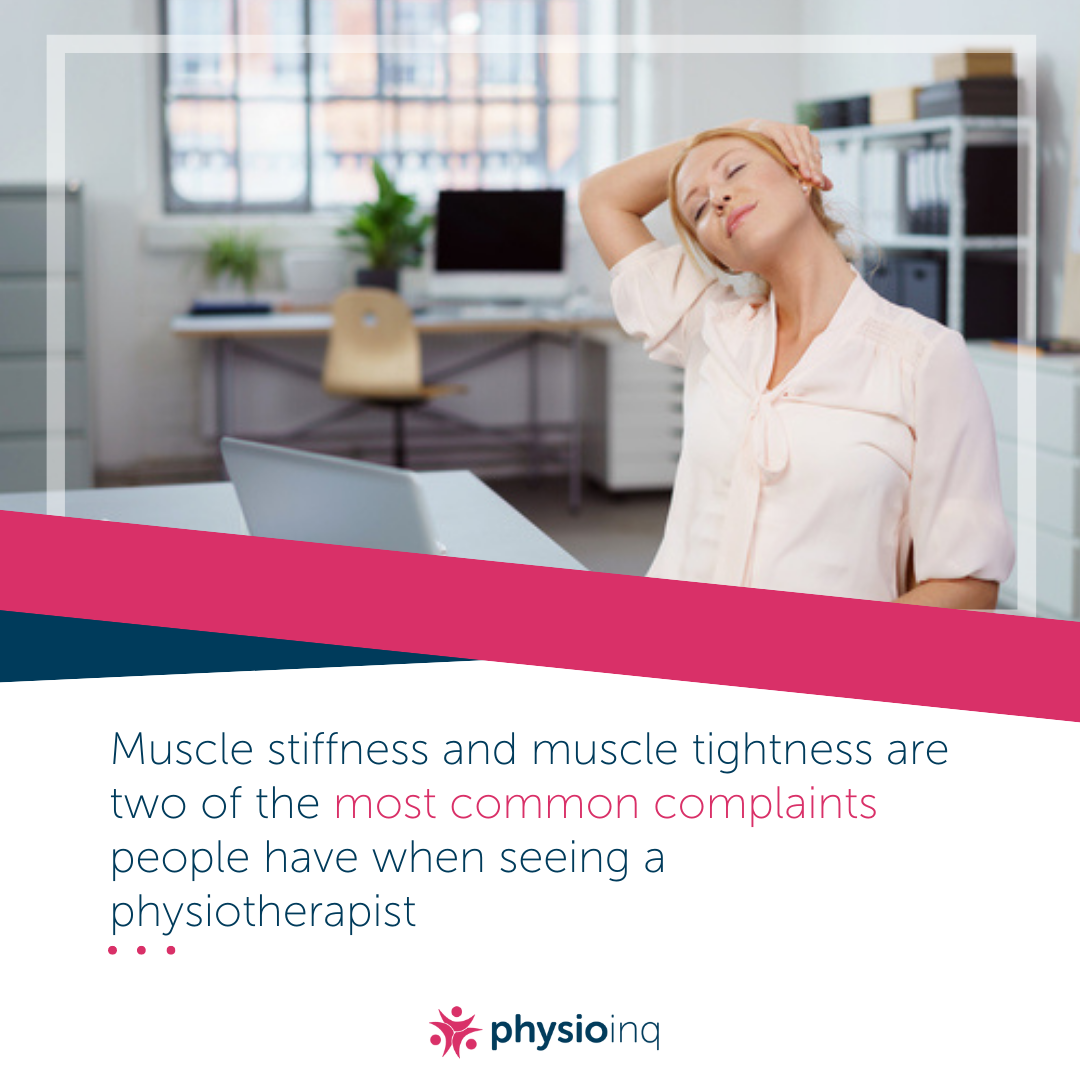Make an Appointment
his month we are starting to see more people for professional help with “tech neck” a.k.a. “lockdown neck pain” a.k.a. “neck pain working from home”. Changes to your daily life due to the COVID-19 pandemic in Australia, including working from home, may have resulted in neck pain for the first time or an aggravation of pre-existing neck pain. In this article, I’ll take you through some practical ways you can prevent developing neck pain during lockdown. If you want more individual advice and review, please book in for an in-clinic or telehealth consultation with Engadine Physio.
1. Set up an ergonomic home workstation!
Home workstation setup is important for the prevention of neck, back and other musculoskeletal injuries. A good home workstation setup should include but not limited to the following features: top of the screen at or below your eye level, back supported by the chair backrest, elbow and knees bent in 90 degrees, and feet flat on the floor. For more information, read our article Home Office Ergonomics.
You could purchase specially designed equipment for home workstation set-up, or use simple and affordable items from around the house, to make sure your computer and body are at the correct angle and height. Here I am using boxes under my feet and laptop, books to prop my laptop up even further, and a pillow on top of my chair.
2. Check your sitting posture!
Sitting with a poor posture for prolonged period of time can result in muscle fatigue and imbalance since the muscles are working in a disadvantage position. If you are slouched or sit with an arched back for too long, you may at risk of getting neck and upper back pain. Remember: Straight spine (back and neck), relaxed arms and shoulders, knees no higher than hips.
This is what a slouched back looks like – avoid this!
This is what an over-arched back looks like – avoid this!
This is what a straight back looks like – this is ideal!
3. Take regular breaks!
When working from home, it can sometimes be hard to separate work from home life. You might even find yourself working more and increasing your screen time at home.
Taking regular breaks from screens can help prevent your neck and shoulder muscles from overworking. Physio Inq Engadine suggest taking at least 5-10 minutes break in every 30-40 minutes: utilise this time to stand up, walk around, and perform some neck stretches and self-release. Speaking of which…
4. Perform stretches and self-massage!
Performing simple neck stretching exercises can help improve your neck muscle flexibility and mobility, which is crucial in preventing neck injuries. At the same time, you can also utilise tools like a massage ball or tennis ball to perform self-massage muscle release of the neck. Here are some the examples: Hold for about 30 secs on each side.
Ear to shoulder
Chin tuck and look diagonally
Roll side of upper spine
In short, remember that it’s more important than ever to look after your health, and prevent pain and injury, to keep going. While working “comfortably” at home, set up an ergonomic workstation, check your sitting posture, take regular breaks, and do simple stretches and self-massage. If you want more individual advice and review, we’re here for you. Please
book in for an in-clinic or telehealth consultation with Engadine Physio.
Date Published: Saturday, August 7, 2021
Locate a Mobile Physiotherapy
Service Near me
Get the experience & convinence you deserve to support your or a loved one's allied health needs.
Our Mobile Physiotherapy team are currently serving & taking appointments in the following states and regions in Australia:
Need to get into direct contact with ur Client Services team? We're all ears. Call our team directly on 1300 731 733











